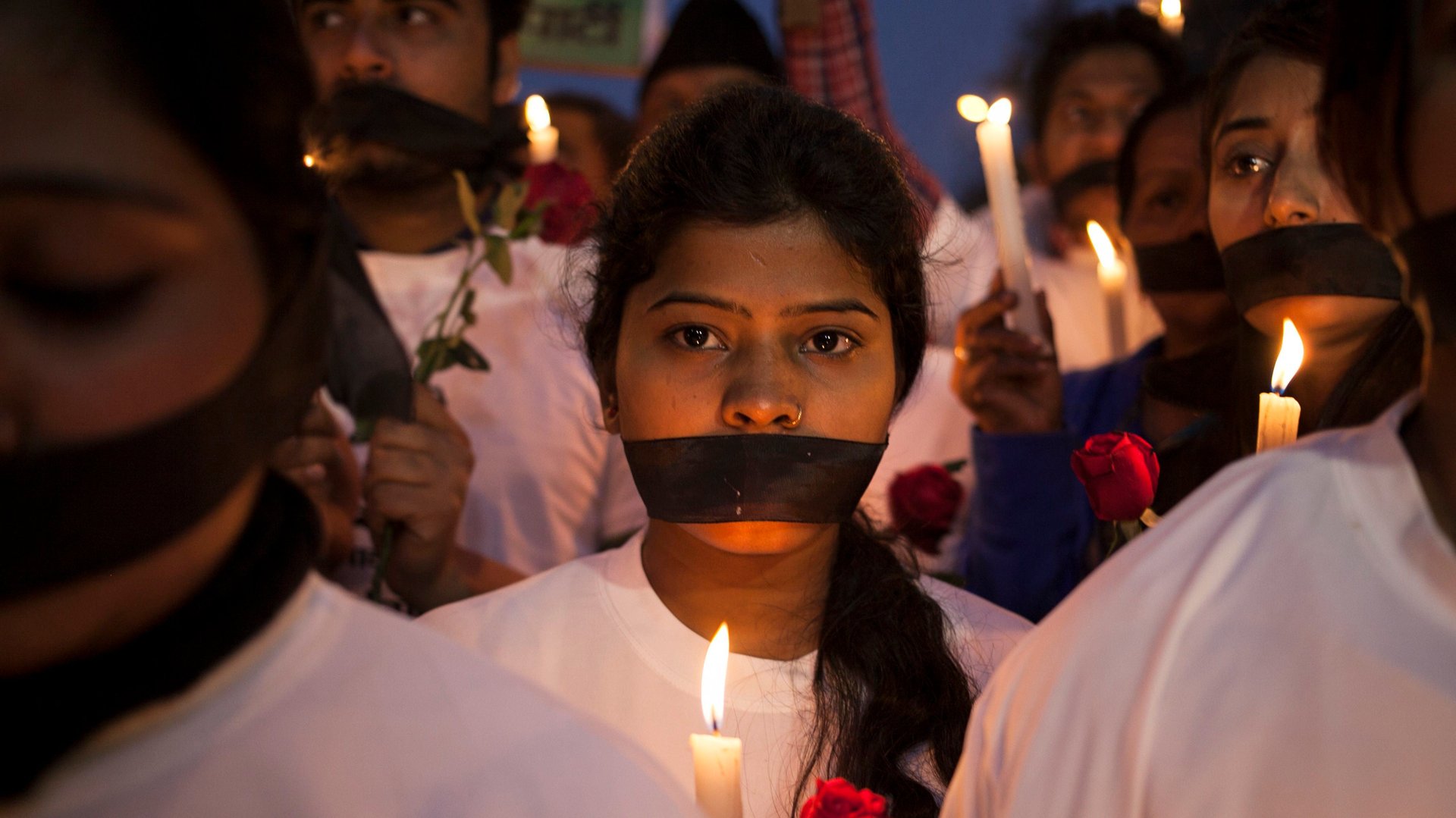India’s attempt to censor “India’s Daughter” may have done more damage than the film itself
My Facebook newsfeed was a strange sight yesterday. People both in and outside India were sharing links to India’s Daughter, an unsettling BBC documentary that aired on Wednesday about the brutal gang-rape of a young woman on a Delhi bus in 2012. India had banned the film, but people had put it on YouTube and were sharing it on social media. As the hours went by, the Indian government (and later the BBC itself, for copyright reasons) chased down the stray links, and my timeline transformed from a long sequence of video previews of the film to a wall of disappointed YouTube emoticons announcing that it was blocked.


My Facebook newsfeed was a strange sight yesterday. People both in and outside India were sharing links to India’s Daughter, an unsettling BBC documentary that aired on Wednesday about the brutal gang-rape of a young woman on a Delhi bus in 2012. India had banned the film, but people had put it on YouTube and were sharing it on social media. As the hours went by, the Indian government (and later the BBC itself, for copyright reasons) chased down the stray links, and my timeline transformed from a long sequence of video previews of the film to a wall of disappointed YouTube emoticons announcing that it was blocked.
That sight of the government trying to suppress India’s Daughter may have done as much damage to India’s reputation as the film itself. You don’t see it when customs officials cover up maps of India that don’t include Kashmir. You don’t—unless you live in India—see the magazines with politically incorrect pages torn out of them. But internet censorship, besides being increasingly ineffective in a world where people use VPNs and file-sharing sites to find forbidden content, can sometimes be highly visible. It made the film—which, I’ve argued, had its flaws—a much bigger deal outside the country than it might otherwise have been.
Narendra Modi may have enthusiastically embraced social media, but his government is still stuck in the past when it comes to dealing with it. China’s government, too, has been very adept at manipulating online discussion, but panicked and took down an environmental documentary this week that had already gained 300 million views. Governments in general are getting ever better at controlling the internet. But it can still turn around and bite them.
This was published as part of the Quartz Weekend Brief. Sign up for the Quartz Daily Brief here, tailored for morning delivery in Asia, Europe & Africa, and the Americas.